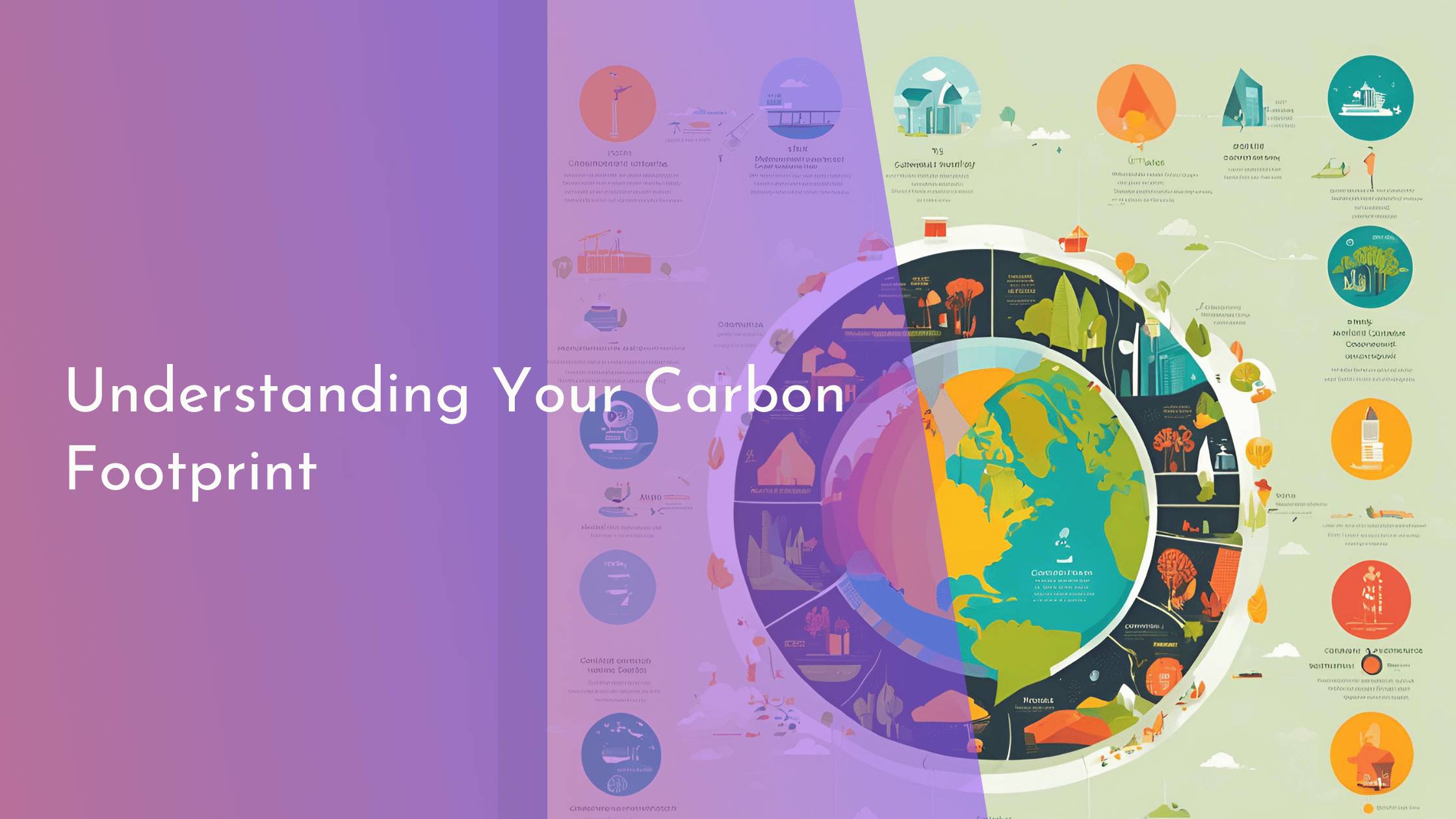Understanding Your Carbon Footprint: A Beginner’s Guide
In recent years, the term “carbon footprint” has become a buzzword in discussions about climate change and environmental responsibility. Understanding your carbon footprint is essential in realizing the impact of your daily choices on the planet. Ensuring a sustainable future goes beyond just awareness; it requires actionable steps toward reducing our environmental impact. This guide seeks to demystify the concept of carbon footprints and inspire individuals to embark on a journey toward sustainable living.
Discover the Basics of Your Carbon Footprint
A carbon footprint is the total amount of greenhouse gases, primarily carbon dioxide, that are emitted directly or indirectly by human activities. These emissions occur through everyday actions such as driving a car, using electricity, or consuming goods. Each of these activities contributes to the overall amount of carbon dioxide released into the atmosphere, exacerbating the greenhouse effect and global warming. Understanding the various sources of emissions is the first step in managing and reducing your personal carbon footprint.
The concept of a carbon footprint is often broken down into three categories: personal, organizational, and product footprints. Personal carbon footprints include emissions from an individual’s lifestyle, encompassing transportation, home energy use, and diet. Organizational carbon footprints pertain to emissions from businesses or institutions and their operations. Product carbon footprints, on the other hand, account for emissions released during the lifecycle of a product—from production to disposal. Familiarizing yourself with these categories helps to contextualize and measure the impact of your choices.
Calculating your carbon footprint involves assessing your daily activities and their energy use. There are various online tools and calculators available that can help you quantify your emissions. These tools typically require information such as your household’s energy consumption, travel habits, and dietary preferences. By identifying high-emission areas in your lifestyle, you can explore alternatives and make informed decisions to reduce your impact on the environment.
Start Your Journey to Sustainable Living
Embarking on the path to sustainable living begins with small, conscious changes in daily habits. Consider reducing energy consumption by turning off lights when not in use, opting for energy-efficient appliances, and utilizing renewable energy sources whenever possible. Additionally, insulating your home and weatherproofing windows and doors can significantly lower heating and cooling emissions. These seemingly minor changes can collectively contribute to a substantial reduction in your carbon footprint.
Sustainable transportation choices also play a critical role in minimizing emissions. Consider walking, biking, carpooling, or using public transportation instead of driving alone. If driving is unavoidable, look into hybrid or electric vehicles, which offer lower emissions compared to traditional gasoline-powered cars. Travel by air is another significant source of carbon emissions, so opting for virtual meetings or choosing direct flights with higher occupancy can help reduce your impact.
Dietary choices are another influential factor in your carbon footprint. Reducing meat and dairy consumption can significantly decrease your emissions, as livestock farming is a major source of greenhouse gases. Embracing a plant-based diet, or even incorporating meat-free days into your week, can make a significant difference. Additionally, supporting local farmers and choosing seasonal produce reduce the carbon emissions associated with transporting food over long distances. By aligning your lifestyle choices with sustainability principles, you take vital steps toward a healthier planet.
Understanding and reducing your carbon footprint is not just an environmental imperative but an opportunity to adopt a healthier, more fulfilling lifestyle. Each small step taken to minimize emissions contributes to a larger global impact, driving the collective effort against climate change. As you progress on your journey toward sustainable living, remember that every choice counts. Whether it’s conserving energy, choosing sustainable transportation, or adopting a low-impact diet, your actions can inspire others and pave the way for a greener future. Together, we can build a sustainable world for generations to come.



